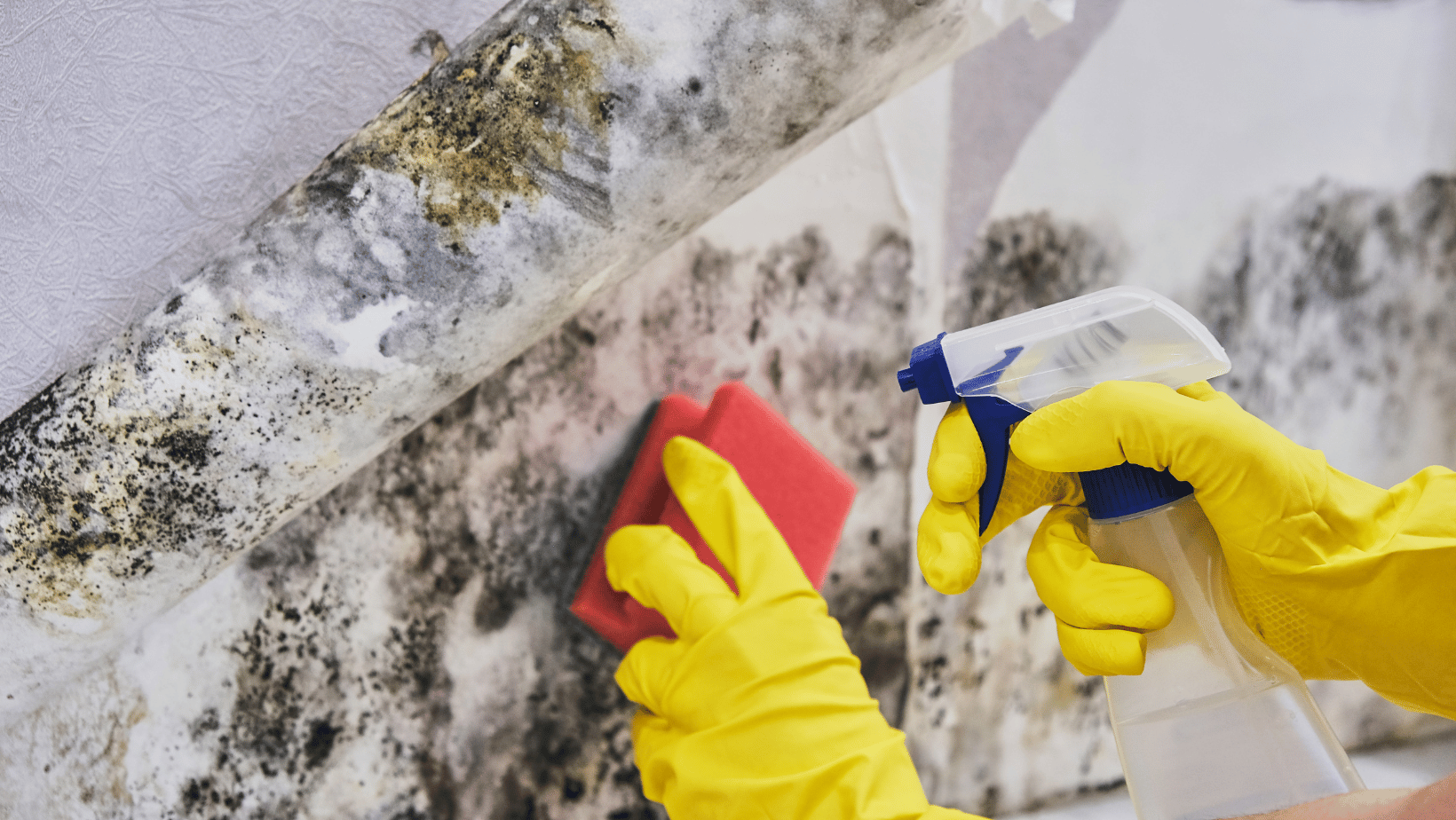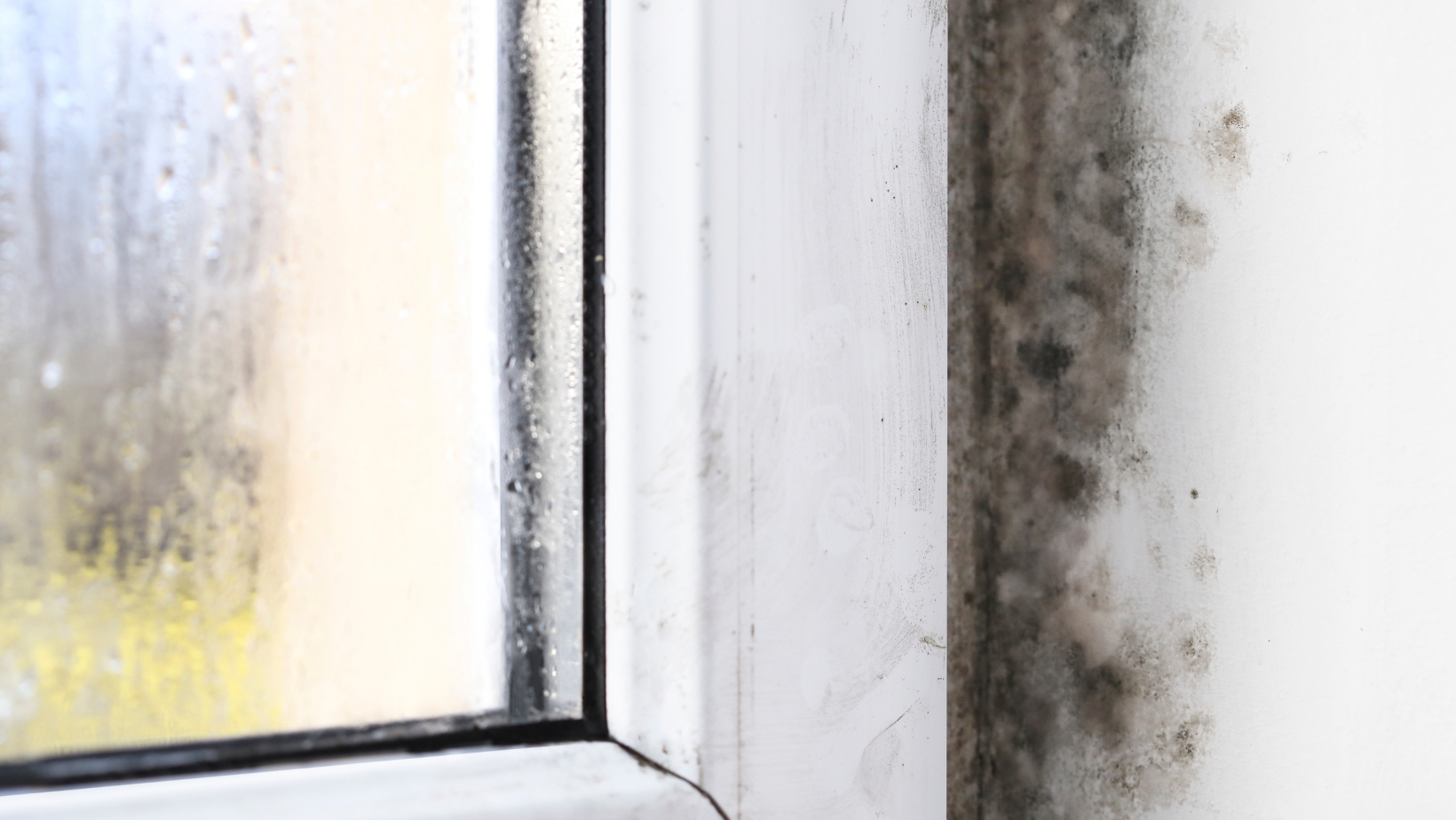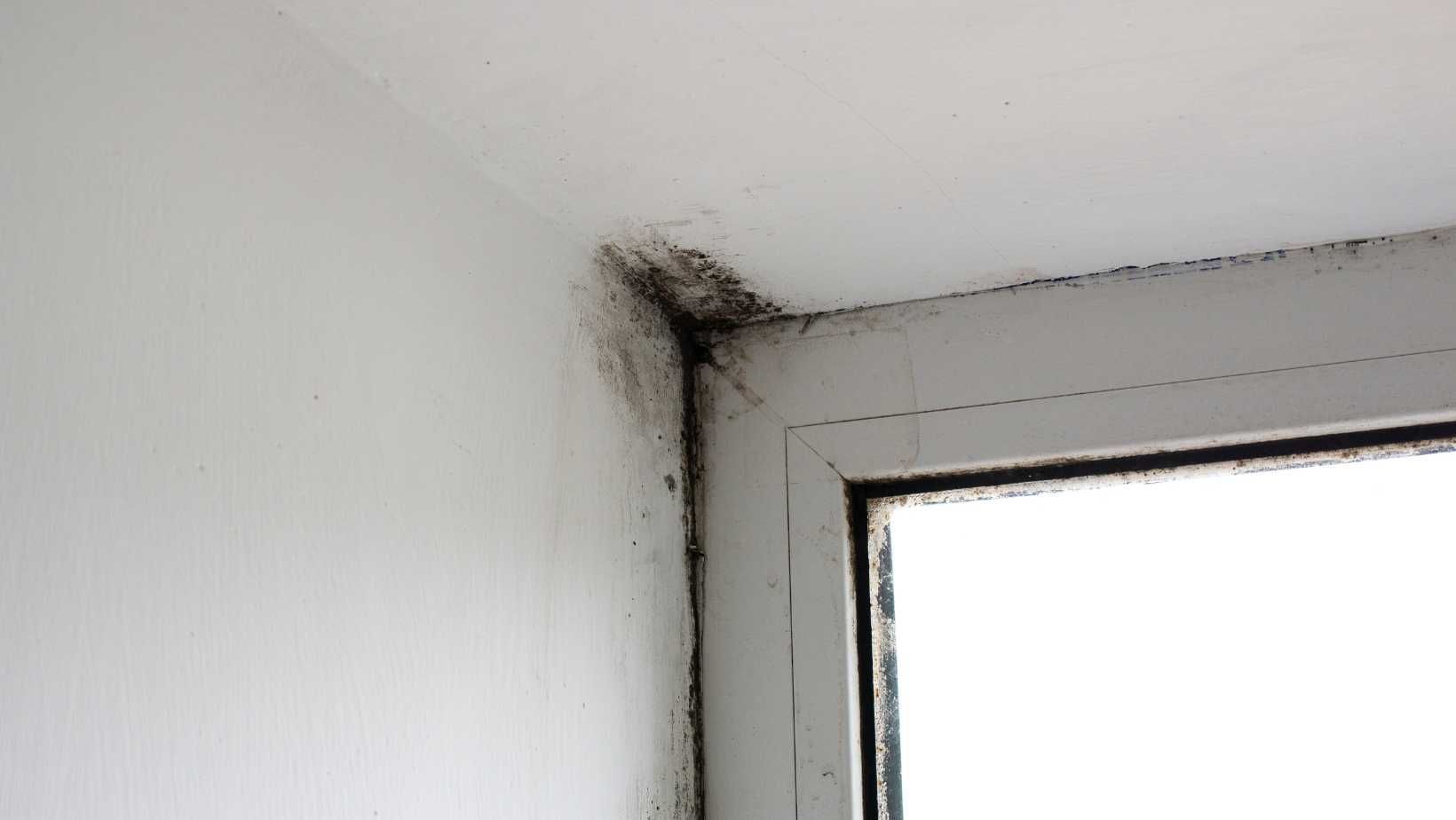How Do I Test The Air In My Home For Mold?
Airborne mold spores exist all around us because mold is a natural part of the outdoor environment. With normal indoor-outdoor air exchange at your doors, windows and other openings – it is perfectly normal for some spores to migrate indoors. However, mold is considered a problem when there is a high concentration of it in the indoor air that exceeds the concentrations outside. Airborne fungal spores are microscopic, so the only way to be certain if your indoor air quality has been compromised is through air testing.
What is Air Quality Testing?
Mold testing is the collection of samples for laboratory analysis to determine the indoor fungal ecology. Surface sampling and air sampling are a couple of the most common methods of testing. Mold testing should be performed by a trained and certified mold inspector. Testing a surface is a straightforward as pulling a sample with a swab or tape lift. Testing the air quality is a little more involved. How exactly do you test the air? Similar to surface sampling, a sample is collected from the air for laboratory analysis. The sample is collected using a specially calibrated bio-pump which will pull a designated volume of air through a cassette. The air particles are then trapped on a sterile, collection medium, which is what gets analyzed at the lab.
Air quality testing is intended to help define the concentration of mold spores in the indoor environment. If a sampling reveal elevated spore counts, then that means there is an underlying problem that will require professional mold remediation to restore a clean and safe environment with normal indoor air quality.
Should I Get The Air In My Home or Business Tested For Mold?
Air quality testing is extremely beneficial, but not always necessary. The EPA’s take on mold testing is that, “In most case, if mold is present and visible, sampling for mold is unnecessary. If the extent of the problem has been determined and the underlying moisture problem is resolved, the goal will be to remediate.” To summarize… if you see mold, it needs to be removed. After mold remediation, repairs should be made to correct any moisture issues to prevent regrowth. On the other hand, if you are worried about air quality or worried about hidden mold air quality testing would be very beneficial and likely necessary. Air sampling can provide vital information about indoor air quality and potentially hidden mold that cannot be established solely by visual inspection.
The Importance of a Mold Inspection
Mold testing receives a lot of attention and the internet loves to highlight the value of air quality, but it is the comprehensive mold inspection (performed by a certified inspector) that is most valuable. It is important to recognize the critical information that an inspector gathers during the site assessment because it provides context for the samples and test results. A professional mold inspection includes visual examination for visible indicators of fungal growth and evidence of moisture concerns, in addition to testing. Inspectors are equipped with moisture meters, thermal imaging cameras and hygrometers to identify conducive conditions for mold. If testing confirms a mold issue, the site assessment provides insight on the environment and potential contributing factors to the fungal activity.
Most Common Reasons to Test for Mold
If suspect a potential issue, but aren’t sure if testing is necessary, here are some of the most common situations that warrant mold testing…
- If you detect musty odors with no visual concerns – The source of a musty odor can be difficult to track down without a mold inspection. When mold spores aerosolize, odors can permeate different areas of the structure.
- If you have a history of moisture issues in your home – roof leaks, hurricane damage, plumbing leaks, broken pipes, high humidity, HVAC leaks, poor attic ventilation, etc. can all contribute to mold and cause hidden mold growth behind walls, under flooring, behind furniture, under cabinets and above ceilings.
- If you have health concerns -- mold testing can determine if the air has been compromised by mold. Whether you know you are allergic to mold and just want to have a house checked before buying, or you are experiencing unexplained symptoms when in the home – you should get your home tested.
- If you are getting a mold remediation and want to confirm the cleanup. This is concerned clearance testing or post-remediation verification (PRV) testing. Not that you do not trust your remediation contractor – this is just a precautionary quality check just to make sure the cleanup was thorough, and it is safe to return.
- If there is a 3rd party requiring proof of the conditions, mold testing provides the scientific evidence and report needed to detail the interior environment. Examples might include: real estate transactions, landlord/tenant disputes, home financing requirements, insurance claims, etc.
- If you suspect hidden mold issues, mold testing can reveal underlying issues. The site assessment help to identify conducive conditions so we can track down the fungal growth.
- If you just need peace of mind, mold testing is the scientific proof you need. Maybe you have a general concern throughout the structure and just want it checked just in case, or perhaps you are buying a home and want to make sure you are not buying a moldy house – a mold inspection would be valuable in these scenarios.
DryMax’s local mold inspectors in Lake Charles are specially trained and certified to conduct comprehensive mold inspections with air quality testing. If you are worried about mold, call our office today to learn more about our assessment process and mold testing for residential homes.
You might also like
DryMax Mold Blogs




